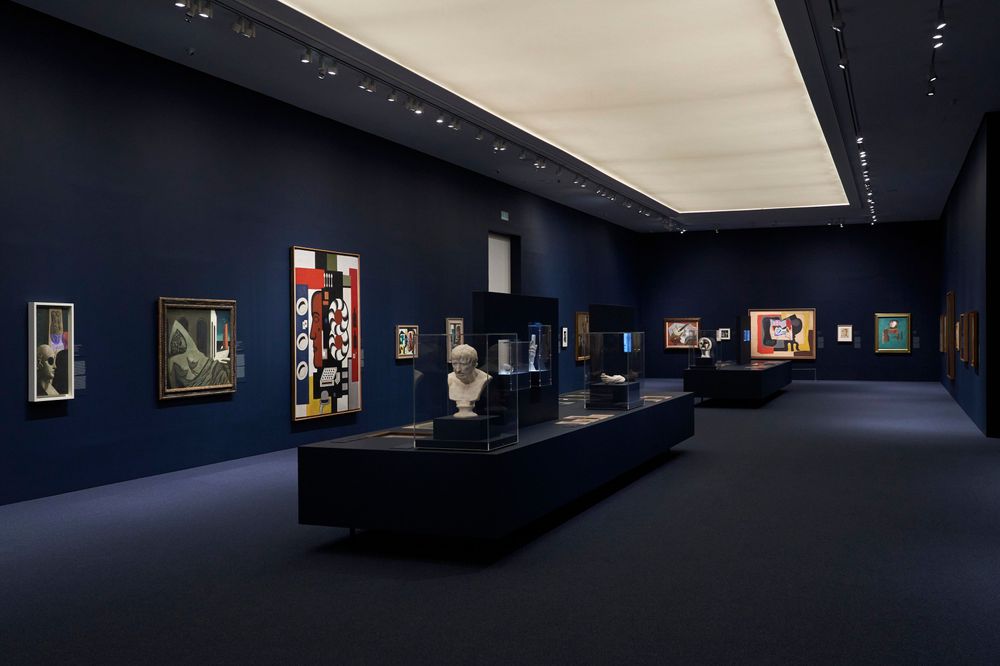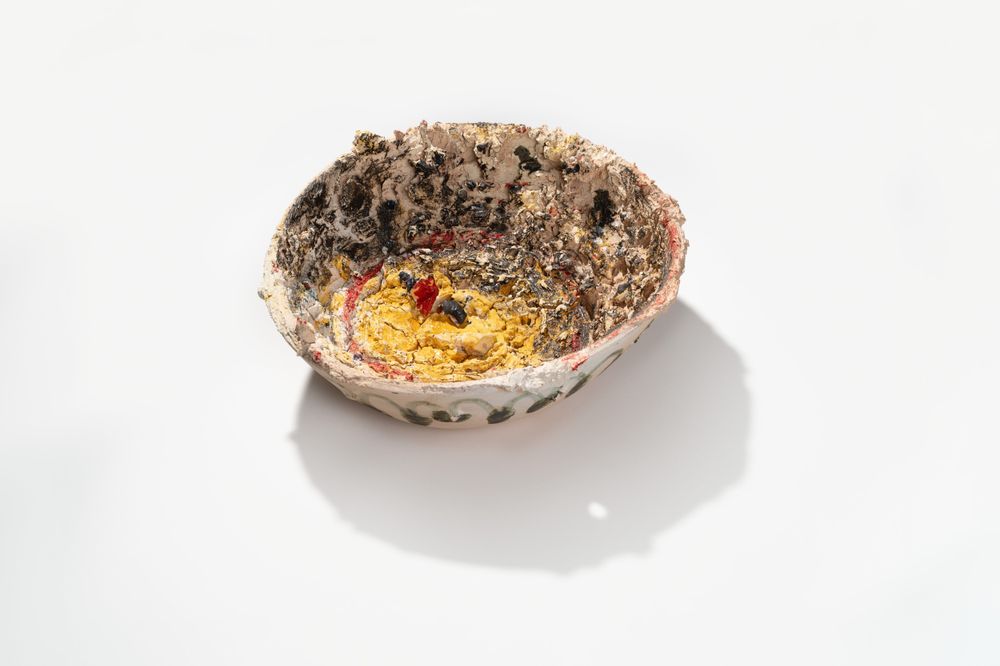26/04/201717/09/2017
Bacon, Freud and the School of London
In the 1950s a small group of painters who shared the same artistic concerns and were connected by ties of friendship and mutual admiration explored the appearance and vulnerability of the body, with the city of London as their surrounding context. Through the depiction of the figure and their own everyday landscape, these artists conveyed the delicacy and vitality of the human condition while simultaneously developing new approaches and styles, reinventing their manner of representing life with pronounced individuality and imbuing painting with a rare intensity.
This exhibition brought together Francis Bacon’s powerful solitude, Lucian Freud’s carnal angst, Michael Andrews’ encapsulated ego, Frank Auerbach’s three-dimensional painting, David Bomberg’s emotional force, William Coldstream’s rigorous measure, Ronald B. Kitaj’s multiplicity, Leon Kossoff’s visceral quality, Paula Rego’s subversion and Euan Uglow’s proportion, all of them artists associated with what has come to be referred to as the School of London, a label that has not, however, been accepted by art historians or by the artists themselves.
After World War II, London assumed the position of Europe’s moral capital. The United Kingdom, which was not invaded in the war, played a strategic role at the end of the conflict and had welcomed refugees of all nationalities fleeing the Nazi regime. At the same time, continental Europe was recovering from invasion and destruction. It was in the British capital that this group of artists coincided, socialised and exhibited, rigorously evolving their own styles and existential positions but with the common denominator of favouring figuration over the prevailing abstraction. Through a markedly personal pictorial approach to the depiction of the human condition in its intimate life moments and encounters, their work emerged at a time when American art was enjoying a period of strength in contrast to a debilitated Europe in the process of reconstruction.
These painters, who knew each other and socialised in pubs in the Soho district of London, essentially painted people from their immediate circle such as the friends, relatives and lovers who were present in their daily lives. With Auerbach, Bomberg, Freud, Coldstream, Kossoff and Uglow, painting generally arose from a direct encounter with the motif to be depicted, frequently involving numerous sittings over a period of months or even years. In contrast, Andrews, Kitaj, Rego and above all Bacon tended to represent reality from the starting point of previously reproduced images, either in the form of photographs, films, books, magazines and newspapers or other works of art. In addition to depicting the human body these artists frequently focused their gaze on the landscape around them, specifically the streets of London where they lived. The urban landscape of a city that was being rebuilt after considerable wartime bombing offered a stimulating subject for these young painters, who continued to depict it on their canvases during the long years of reconstruction in the 1950s and 1960s. Some also turned their attention in an occasional or systematic way to their immediate environment: their studio or less familiar landscapes encountered on their travels.
While most of the artists achieved critical recognition from the outset, public recognition was slower to arrive, primarily because art centred on the human figure was underestimated from the 1960s to the 1980s, years when abstraction and conceptual art were the prevailing forms of artistic expression. As the exhibition’s curator Elena Crippa has observed, for many years the work of these painters seemed to clash overtly with the artistic discourse of the time, but over the past few decades it has been reassessed and has now been located in a central position that allows for a “richer and more complex understanding of the art and culture of the post-war period.”
The Exhibition













